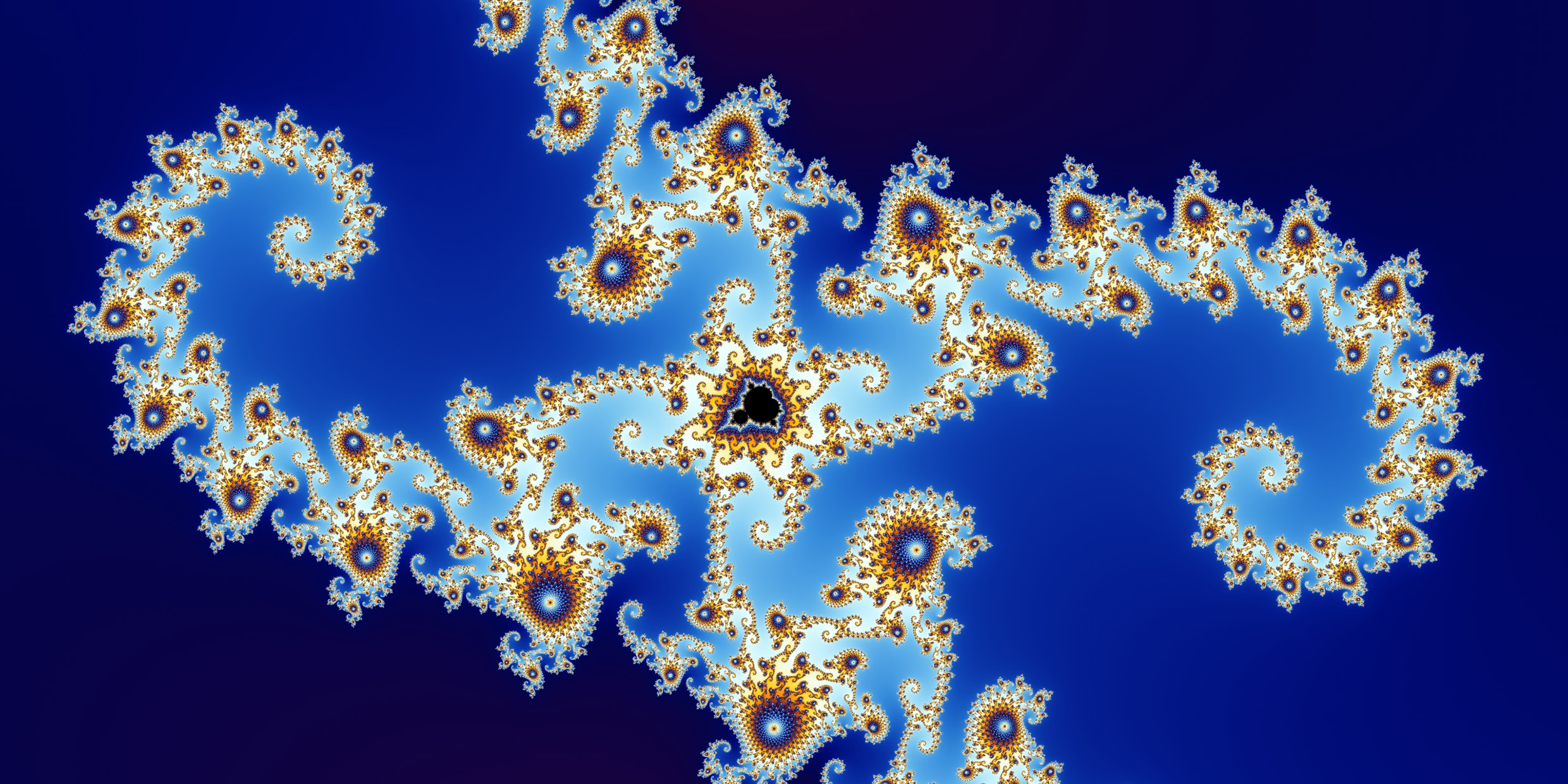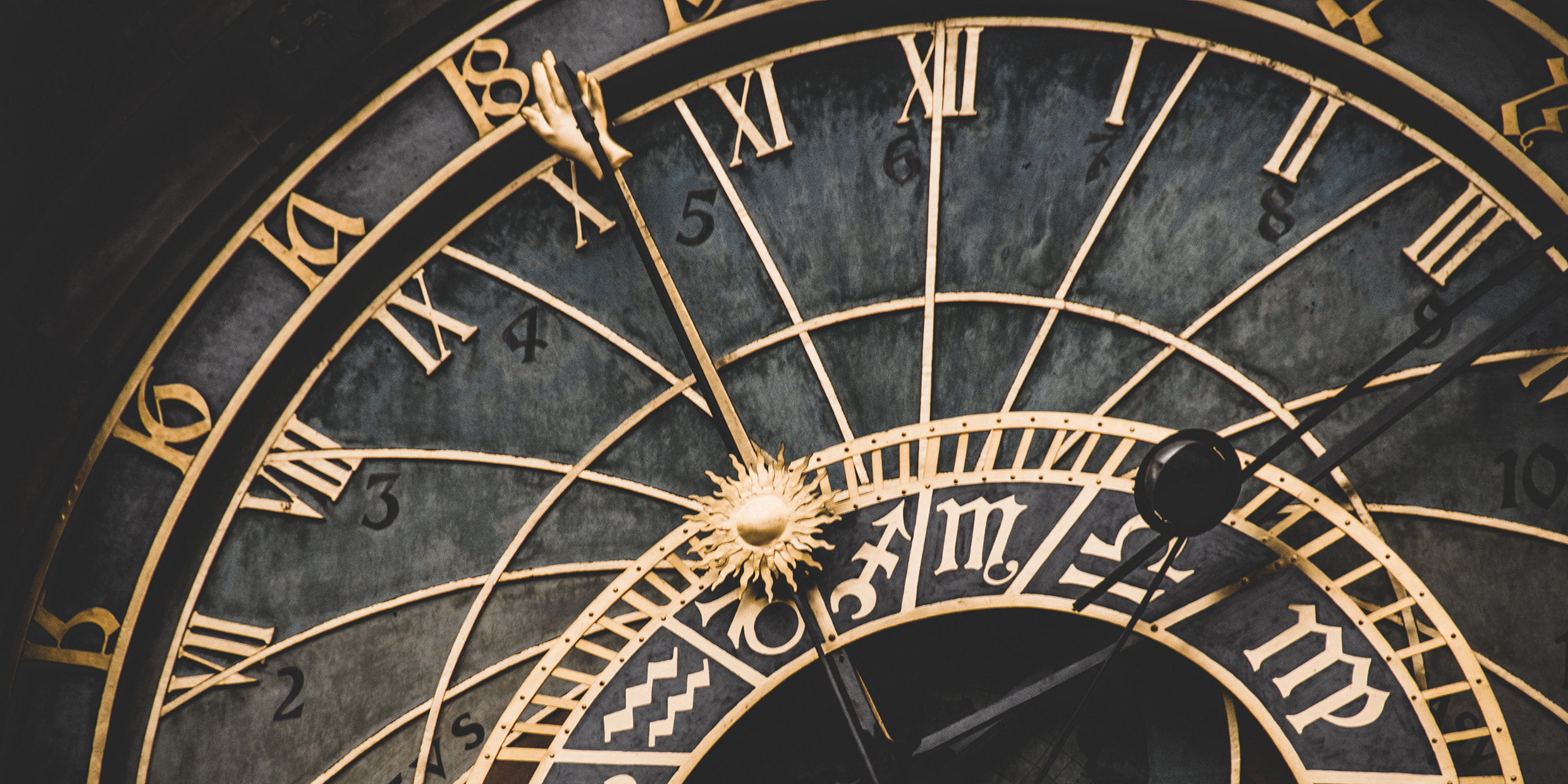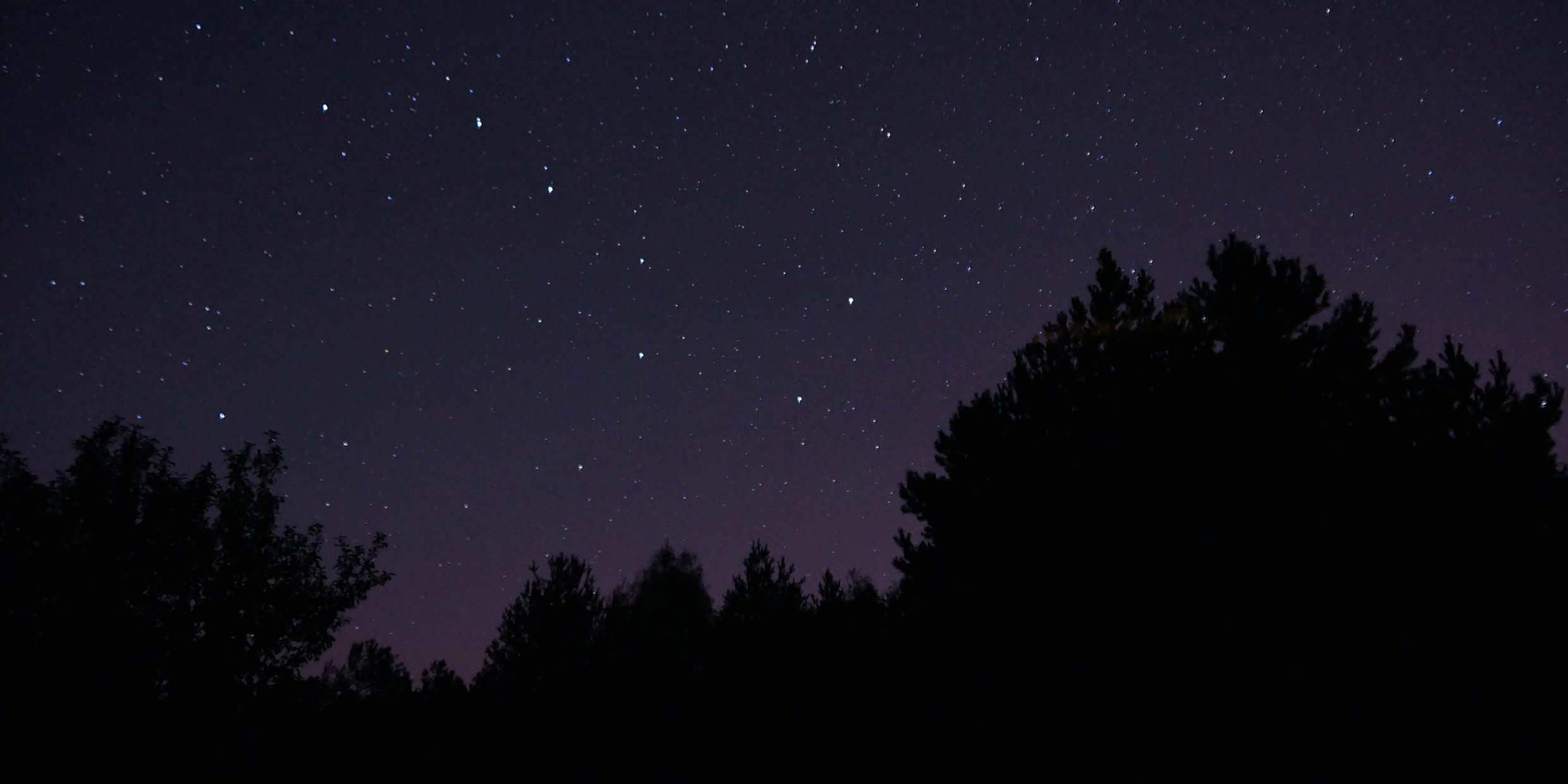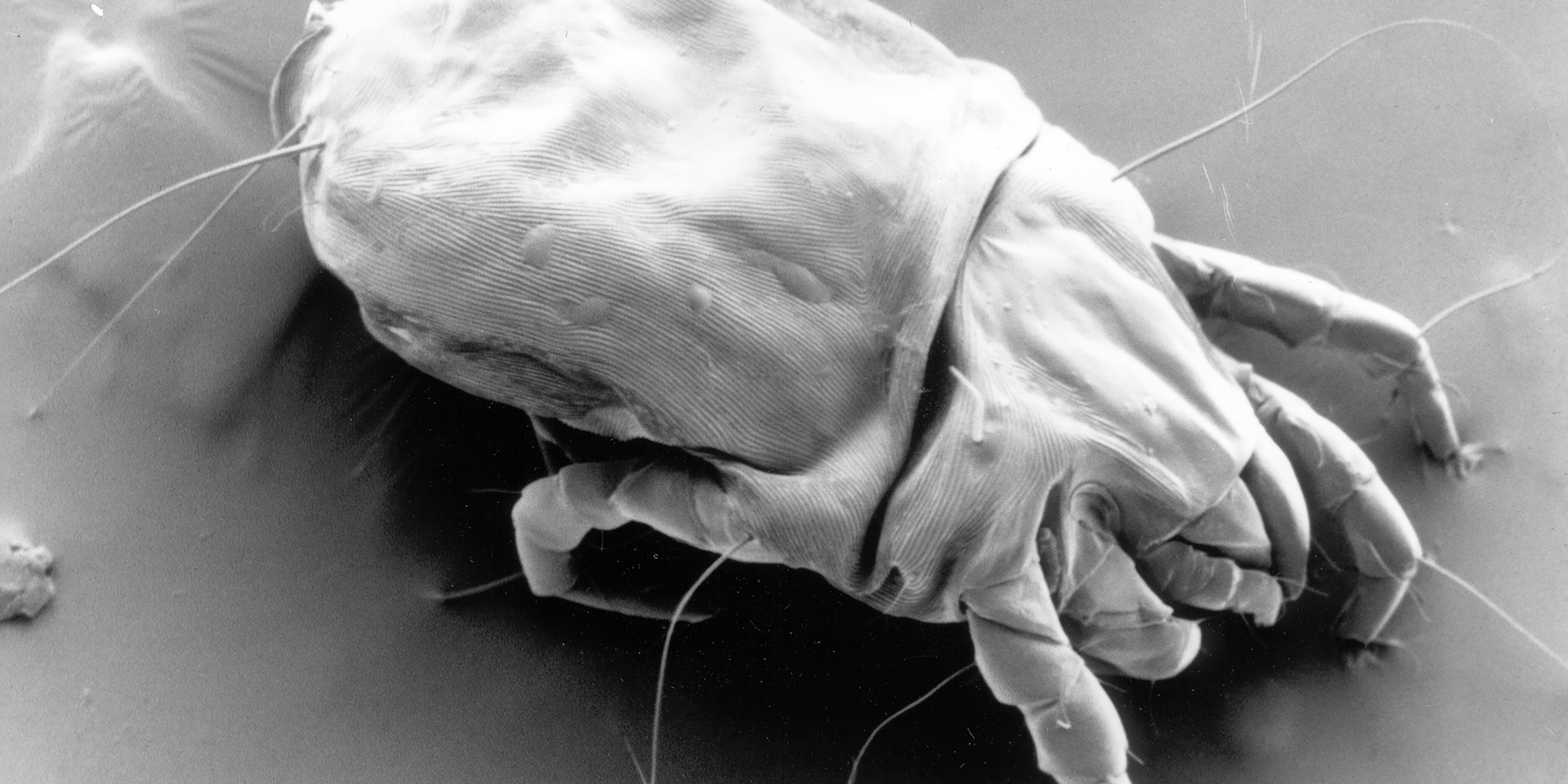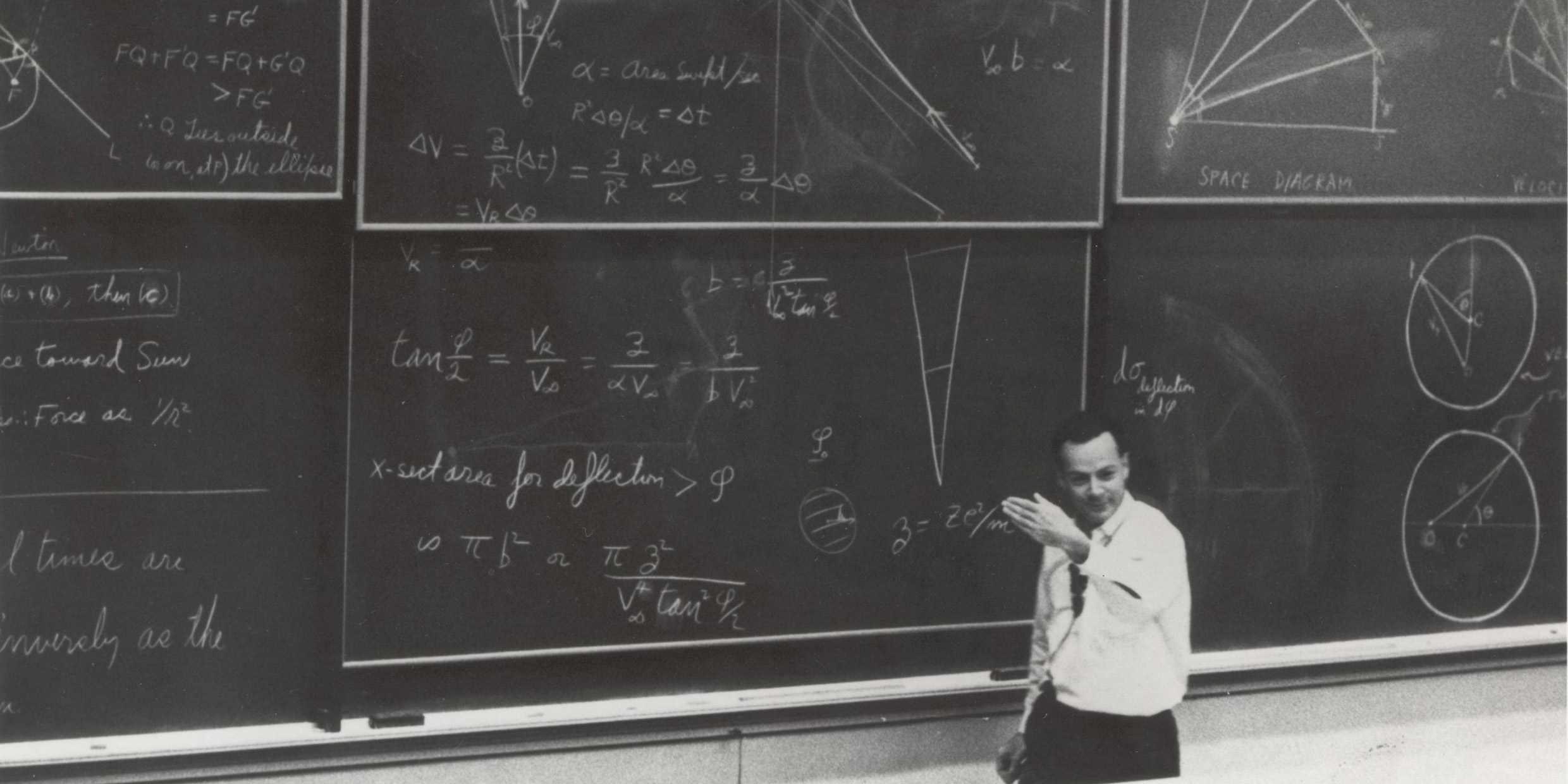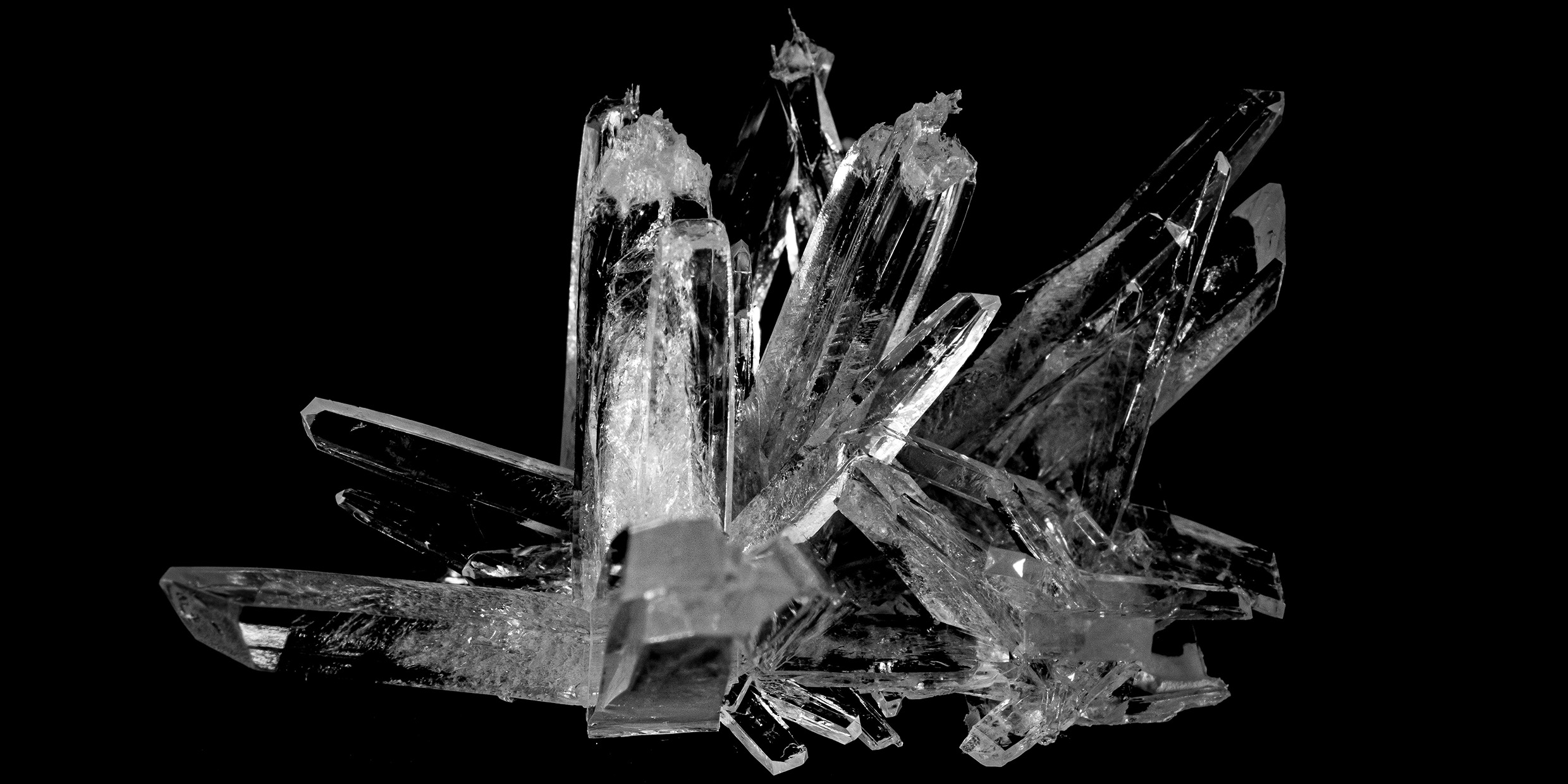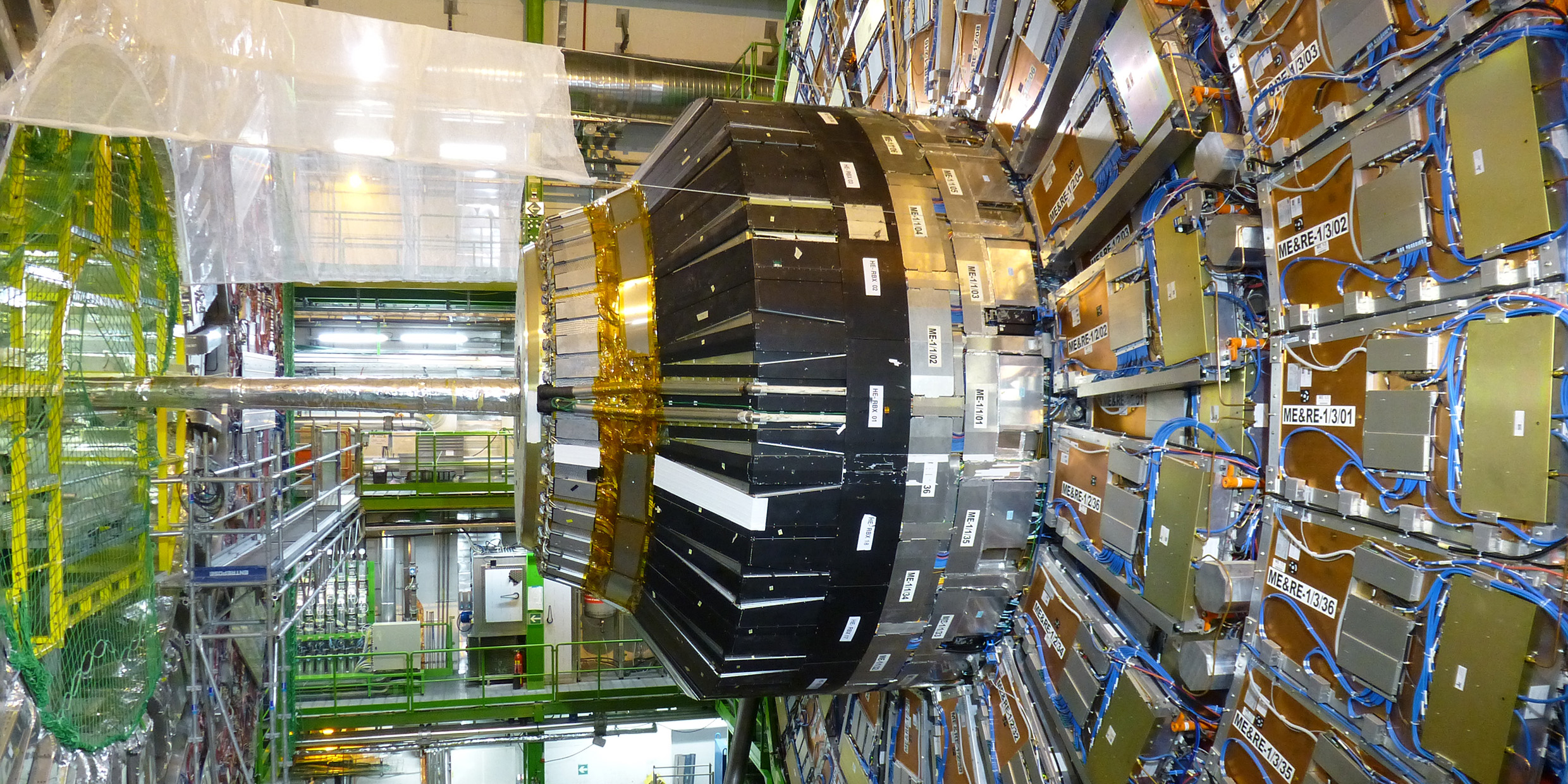A story by Barry Cipra in [the Mar. 25, 1988] issue of “Science” draws attention to a looming “crisis in mathematics.” The crisis has to do with the teaching of calculus, the branch of mathematics that has long been the cornerstone of education in science and engineering.
Articles with 1988
It’s not your clock — it’s the world
Yesterday was one of those days that make you want to throw out the clocks and calendars and go back to keeping time by the sun and seasons.
Science and reality
For the past couple of months I have had a New Yorker cover tacked on the wall above my desk. The drawing on the cover, by Eugène Mihaesco, is simple. A pen lays on a white table, its nib dark with ink. An ink bottle stands open. The ink in the bottle is a map of constellations of the northern sky — Ursa Major, Ursa Minor, and Draco — including the stars Dubhe, Merak, and Mizar.
A very small world
Ever since I started working on this column my eyelids have been itching, and I’ve been involuntarily scratching at my wrists and the gaps between my fingers. It may be psychologically induced, but I swear that I feel them — the invading hordes, the microscopic monsters, the aliens.
Bluebird of happiness
The sap is rising, the ice is thawing, and next Sunday morning at 4:39 a.m. the sun will cross the celestial equator into northern skies. Meanwhile, the folks out in Concord are fighting again the never-ending battle of Walden Pond.
Neanderthals — not-so-grisly folk
Pity the poor Neanderthals, who had the misfortune to be discovered at about the time Darwin was evoking the outrage of his contemporaries by suggesting that humans, apes, and gorillas have a common ancestry.
Jenifer, frogs, and a reverence for life
This is a story in several parts. Chapter 1: Jenifer Graham, a 15-year-old high school student in Victorville, California, refuses to dissect a frog in biology class.
Science fun, but rarely funny
Thirty years ago when I was a graduate student in physics at UCLA I used to occasionally go over to Caltech to hear Richard Feynman lecture on physics. Feynman, who died this past week at age 69, was famous even then, although his Nobel Prize was still a few years in the future. He was also a very funny man.
Icons of nature’s design
They are “the cosmically charged cornerstones upon which the great pyramids of Egypt were built.” They are “natural superconductors through which a universe of enlightenment passed to the lost continent of Atlantis.” They are crystals, and if you know how to use them they can make you healthy, wealthy, and wise.
And what does it mean?
In 1900 Henry Adams, American historian, quintessential Bostonian (born in the shadow of the State House), 62 years old, visited the Paris Exposition, a great world’s fair celebrating the end of Adam’s century and the beginning of a New Age.
